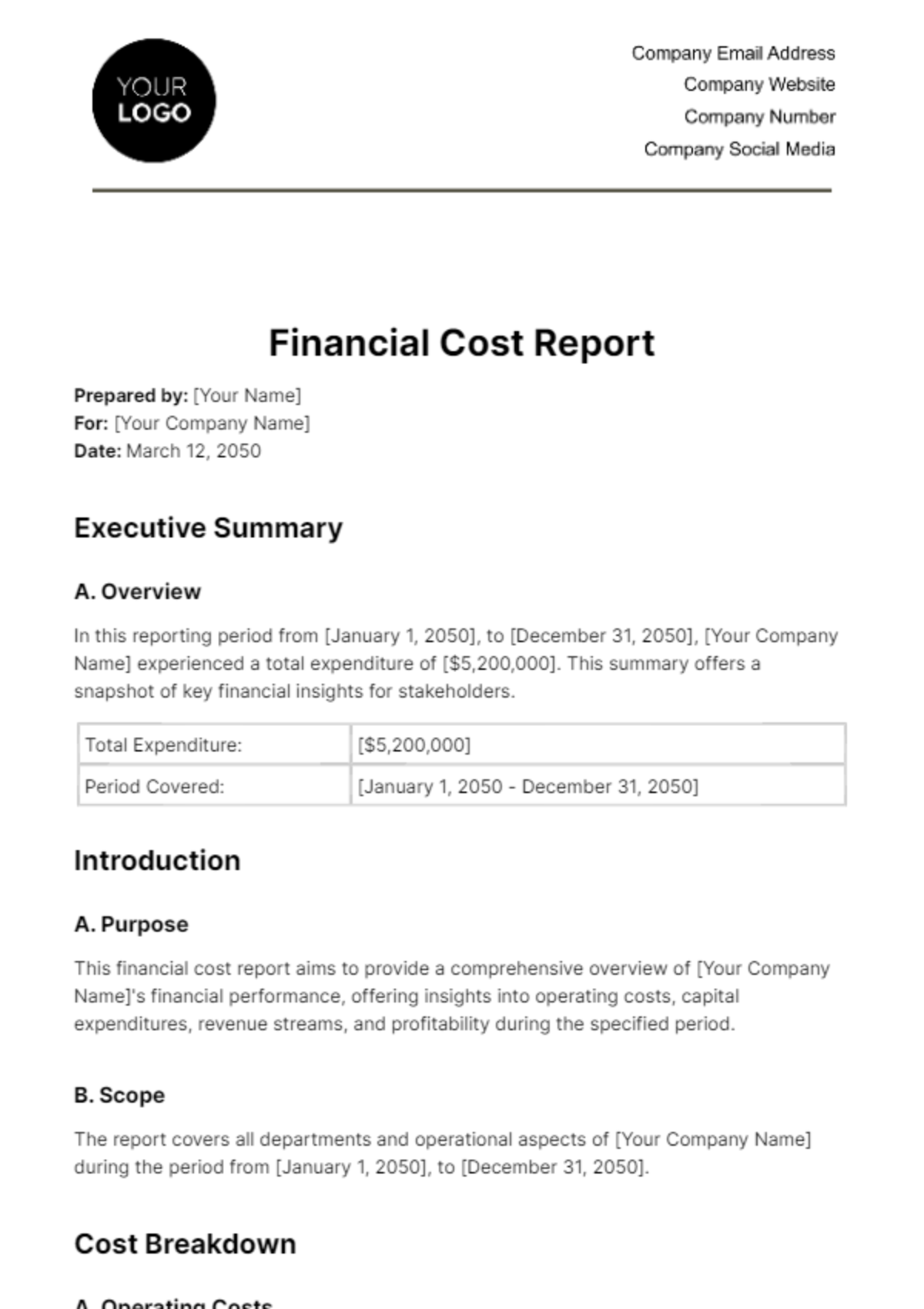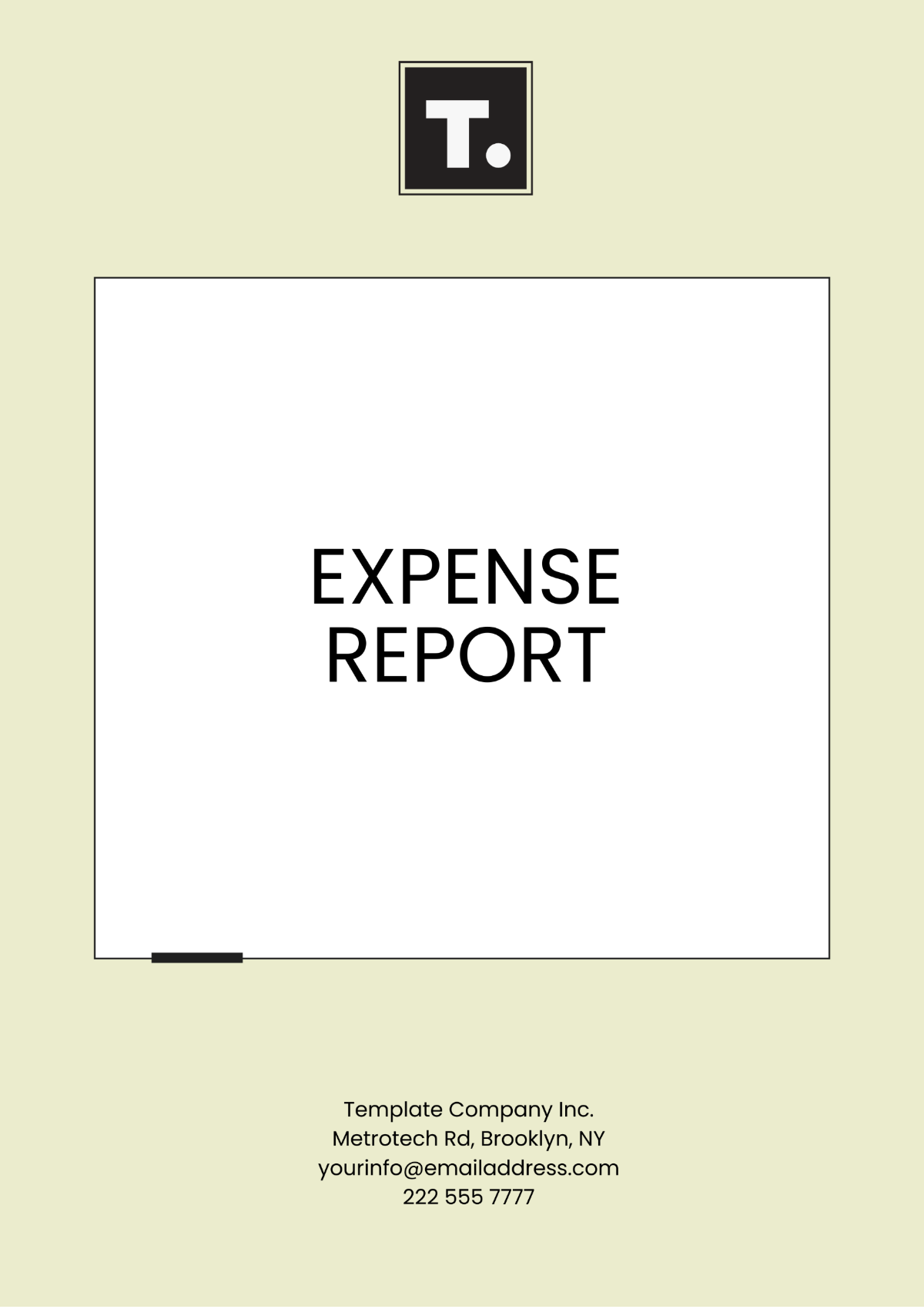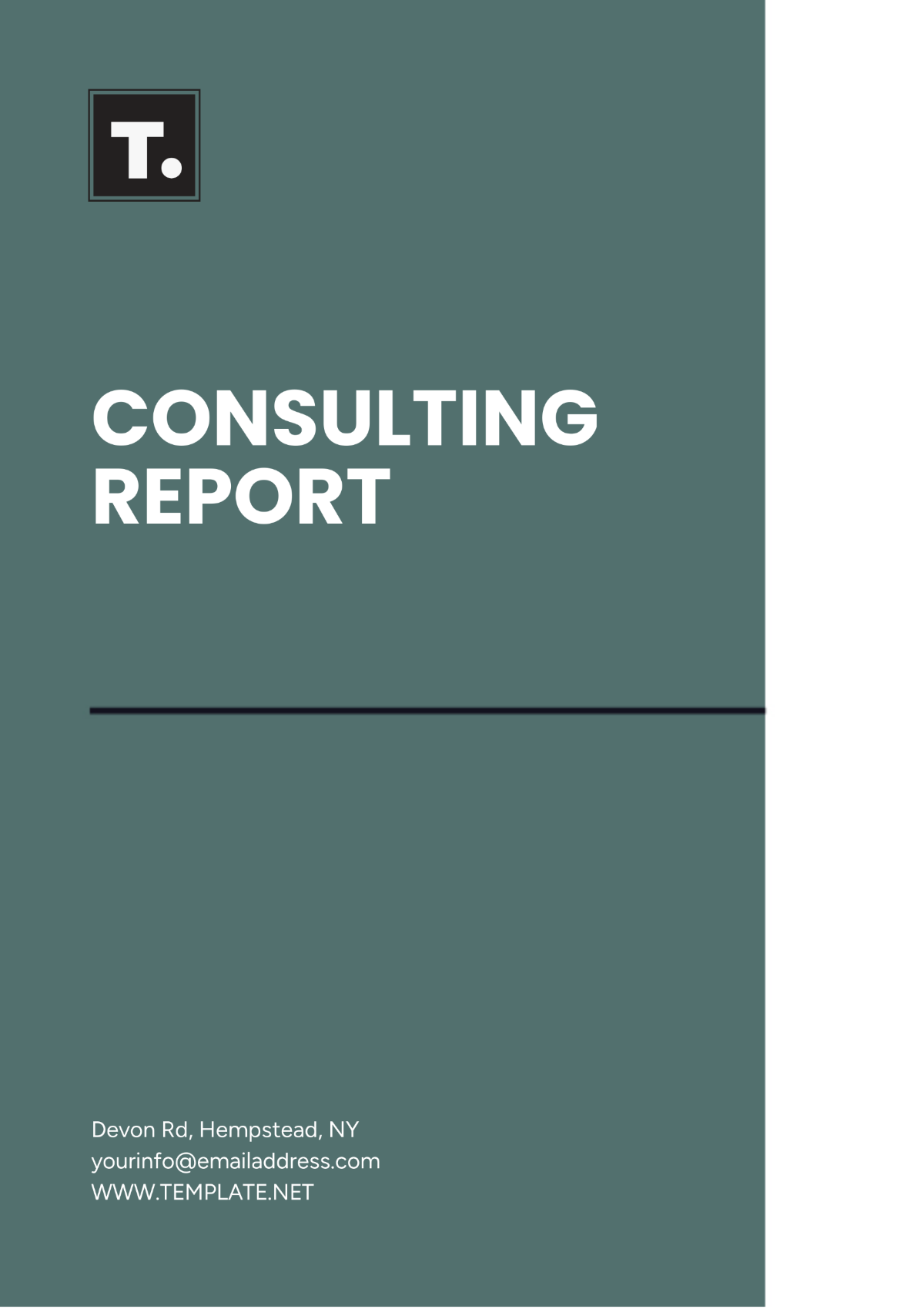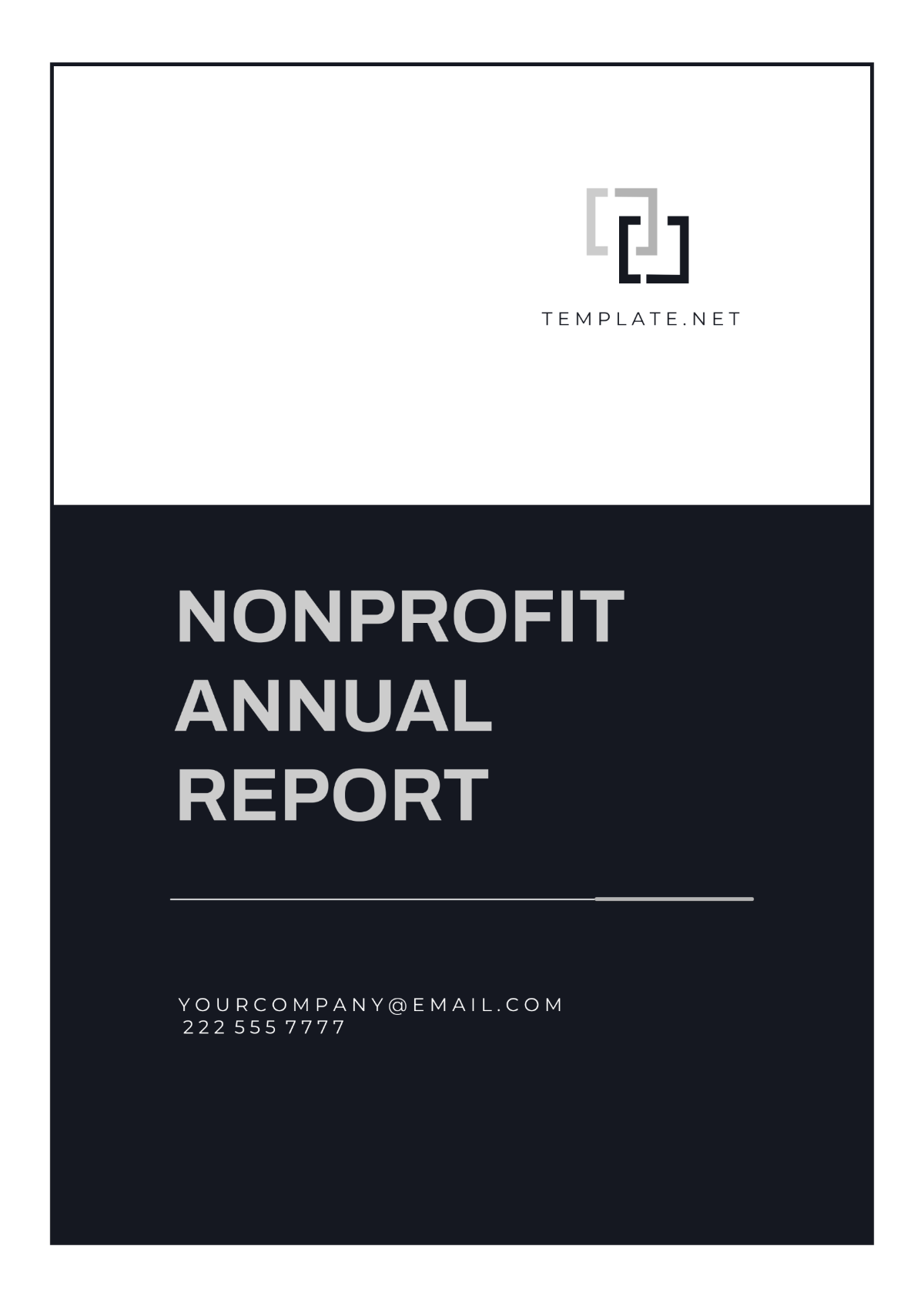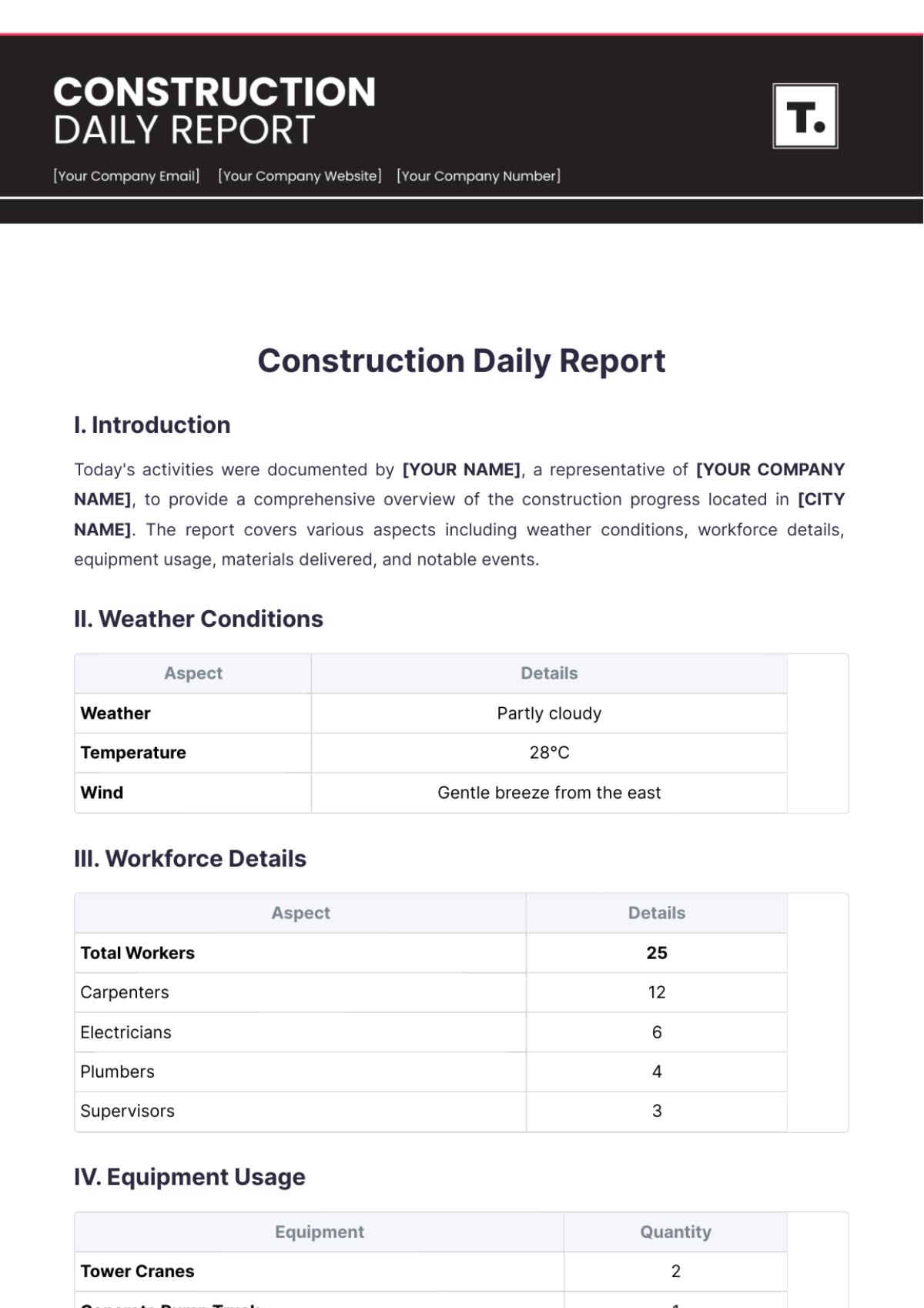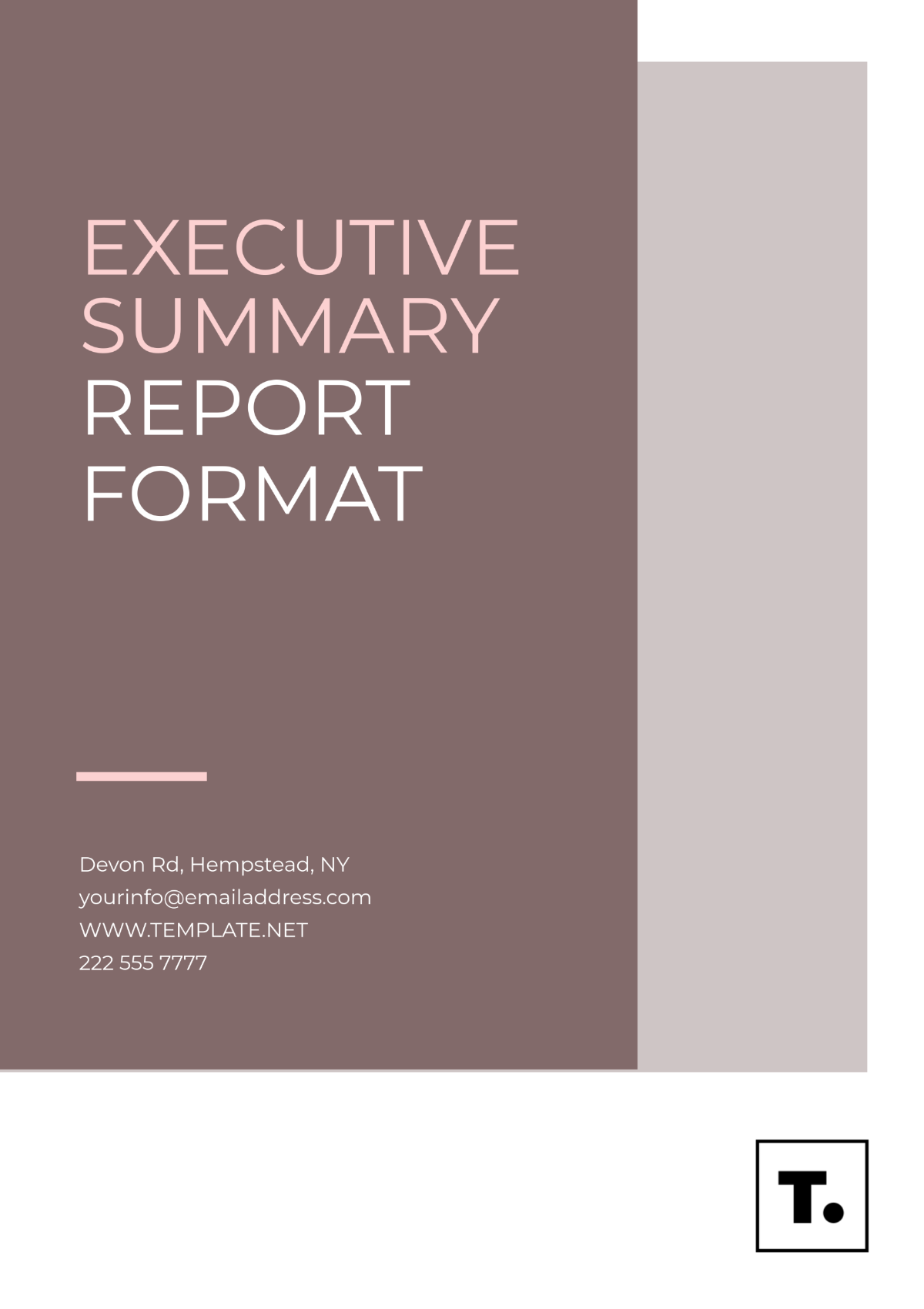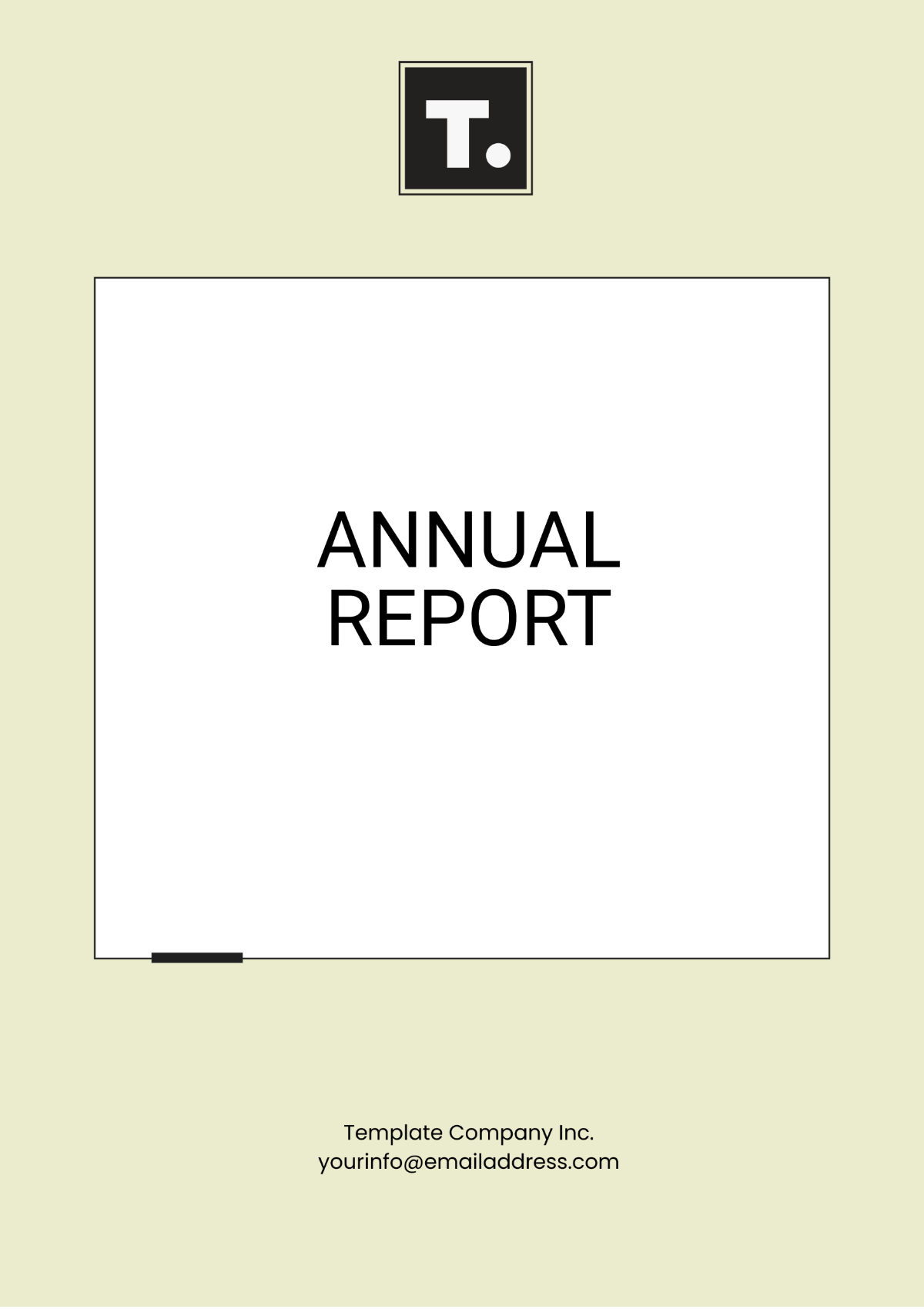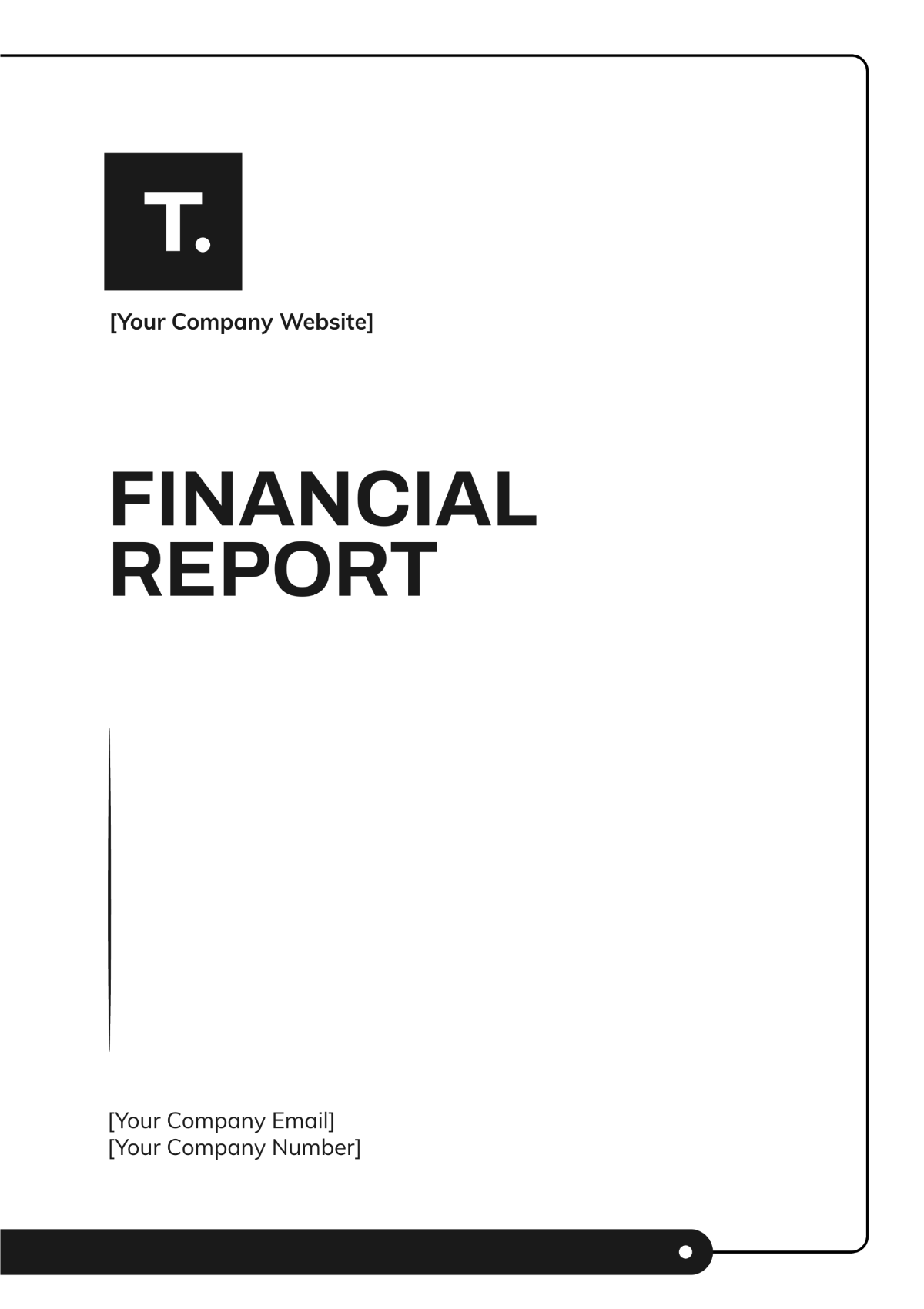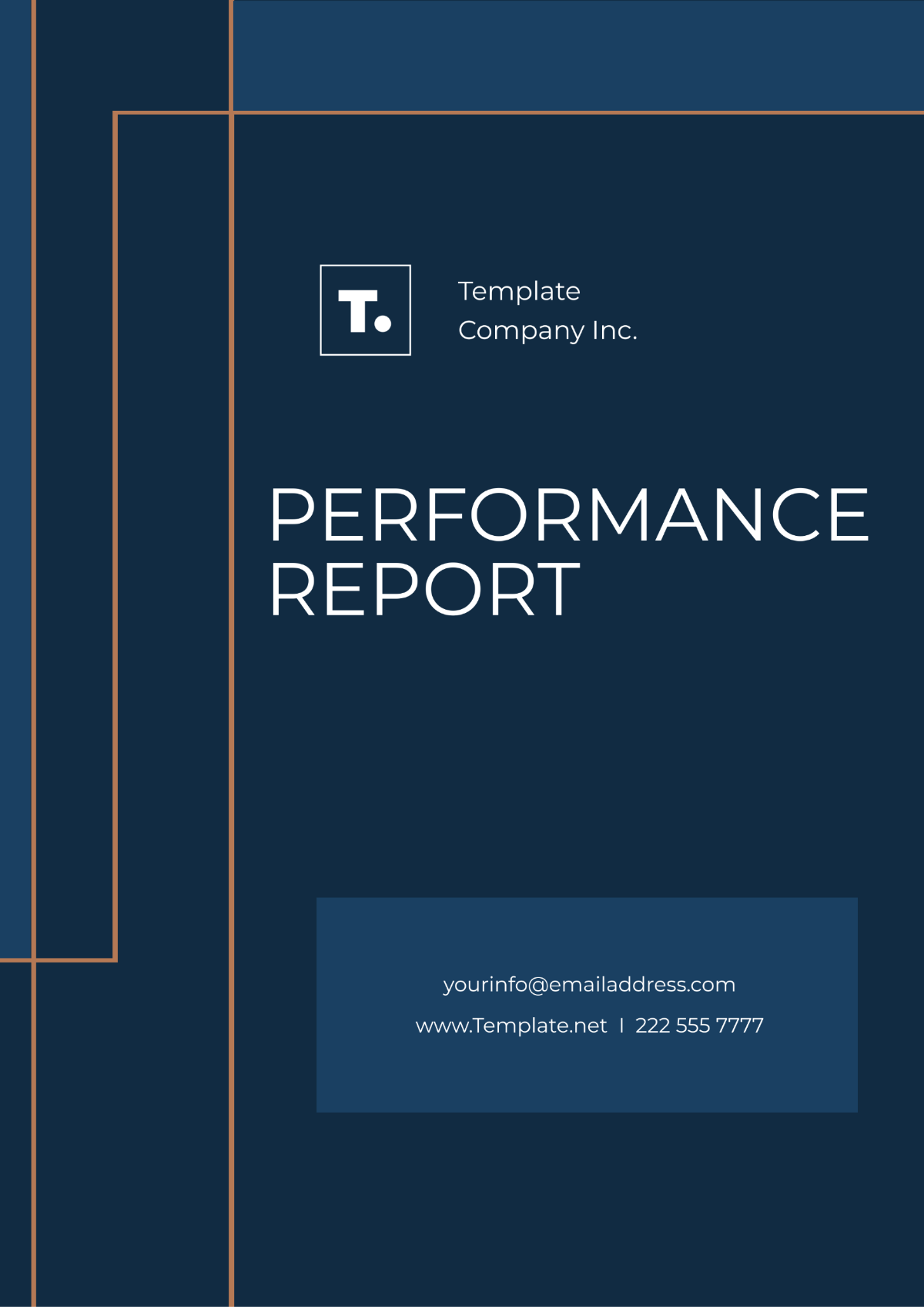Free Detailed Subject-Specific Report Template
Detailed Subject-Specific Report
Executive Summary
This report provides an overview of renewable energy sources, highlighting their types, benefits, challenges, and the future outlook for their implementation. As the global demand for energy continues to rise and concerns about climate change grow, renewable energy has become a critical component of sustainable development.
1. Introduction
The increasing demand for energy, coupled with the negative environmental impacts of fossil fuels, necessitates a shift towards renewable energy sources. This report aims to analyze various types of renewable energy and their significance in achieving a sustainable energy future.
2. Types of Renewable Energy Sources
2.1 Solar Energy
Solar energy harnesses sunlight using photovoltaic cells or solar thermal systems. It is one of the fastest-growing renewable energy sources due to its abundance and decreasing costs.
2.2 Wind Energy
Wind energy is generated through wind turbines that convert kinetic energy from wind into electrical energy. This method has seen significant growth, especially in offshore installations.
2.3 Hydropower
Hydropower utilizes flowing water to generate electricity. It is a reliable and consistent source of energy, often used in large-scale power plants.
2.4 Biomass
Biomass energy is derived from organic materials, such as plant and animal waste. It can be converted into biofuels, providing a renewable alternative to fossil fuels.
2.5 Geothermal Energy
Geothermal energy is produced from the heat stored beneath the Earth's surface. It is a stable and efficient source of energy, particularly in regions with volcanic activity.
3. Benefits of Renewable Energy
3.1 Environmental Benefits
Renewable energy sources contribute to reduced greenhouse gas emissions and air pollution, helping to combat climate change and improve public health.
3.2 Economic Advantages
Investing in renewable energy creates jobs, stimulates local economies, and can lead to lower energy costs in the long run.
3.3 Energy Security
Renewable energy enhances energy independence by reducing reliance on imported fuels and diversifying the energy supply.
4. Challenges in Renewable Energy Implementation
4.1 Technological Barriers
While renewable energy technologies have advanced significantly, challenges remain in efficiency, storage, and grid integration.
4.2 Economic Constraints
High initial investment costs and competition from established fossil fuel markets can hinder the growth of renewable energy projects.
4.3 Policy and Regulatory Issues
Inconsistent policies and regulations can create uncertainty for investors and developers, slowing the transition to renewable energy.
5. Future Outlook
The future of renewable energy looks promising, with advancements in technology and increasing investments. Governments and organizations are expected to implement more supportive policies to encourage growth in this sector.
6. Conclusion
Transitioning to renewable energy sources is essential for a sustainable future. While challenges exist, the benefits far outweigh the drawbacks. With continued investment and innovation, renewable energy has the potential to meet global energy needs while preserving the environment.
7. References
International Energy Agency (IEA). (2052). Renewable Energy Market Update.
U.S. Department of Energy. (2053). 2023 Energy Outlook: A Review of Current Trends.
World Bank. (2051). Accelerating Renewable Energy Deployment.






